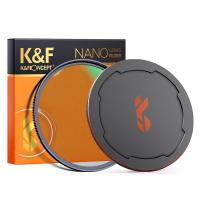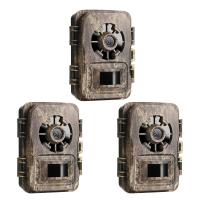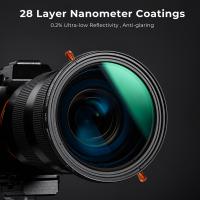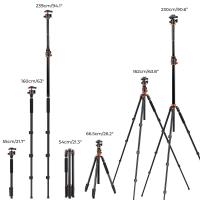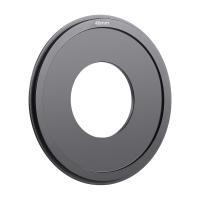What Does Cartilage Look Like Under A Microscope ?
Under a microscope, cartilage appears as a firm, flexible tissue with a smooth and glossy surface. It is composed of cells called chondrocytes, which are embedded within a matrix of collagen fibers and proteoglycans. The chondrocytes are typically arranged in small groups or clusters called lacunae. The matrix surrounding the chondrocytes gives cartilage its characteristic appearance. It is relatively avascular, meaning it lacks blood vessels, and its cells receive nutrients through diffusion from nearby blood vessels. Overall, the microscopic structure of cartilage allows it to provide support, cushioning, and flexibility to various parts of the body, such as the joints, nose, and ears.
1、 Hyaline cartilage: Smooth, glassy appearance with dispersed chondrocytes.
Hyaline cartilage is a type of connective tissue that provides support and flexibility to various structures in the body, such as the nose, trachea, and joints. When observed under a microscope, hyaline cartilage exhibits a distinct appearance and cellular arrangement.
Under a light microscope, hyaline cartilage appears smooth and glassy. It has a translucent appearance, allowing light to pass through it. This characteristic gives it a distinct shiny and reflective quality. The matrix, or extracellular material, of hyaline cartilage is composed of collagen fibers, which are not easily visible under a light microscope. The collagen fibers provide strength and resilience to the tissue.
Dispersed throughout the matrix are chondrocytes, the specialized cells of cartilage. Chondrocytes are round or oval-shaped cells that are surrounded by the extracellular matrix. They are responsible for maintaining the cartilage tissue by producing and secreting the components of the matrix, including collagen and proteoglycans. Chondrocytes can be observed as small, dark-stained cells within the matrix.
Recent advancements in microscopy techniques, such as confocal microscopy and electron microscopy, have provided more detailed insights into the structure of hyaline cartilage. These techniques have revealed a more intricate organization of collagen fibers within the matrix, forming a mesh-like network. Additionally, electron microscopy has shown that chondrocytes have long, branching processes that extend through the matrix, allowing them to communicate with neighboring cells and exchange nutrients.
In conclusion, under a light microscope, hyaline cartilage appears smooth and glassy, with dispersed chondrocytes. However, with the use of advanced microscopy techniques, a more detailed and complex structure of hyaline cartilage has been revealed, highlighting the organization of collagen fibers and the intricate cellular processes of chondrocytes.

2、 Elastic cartilage: Network of elastic fibers surrounding chondrocytes.
Cartilage is a specialized type of connective tissue that provides support, flexibility, and cushioning to various parts of the body. When observed under a microscope, the appearance of cartilage can vary depending on its type. One type of cartilage is elastic cartilage, which is found in structures that require both strength and flexibility, such as the external ear and the epiglottis.
Under a microscope, elastic cartilage appears as a network of elastic fibers surrounding chondrocytes, the cells responsible for producing and maintaining the cartilage matrix. The elastic fibers give the cartilage its characteristic yellowish color and provide it with the ability to stretch and recoil. These fibers are embedded within a gel-like matrix composed of collagen fibers and proteoglycans, which give the cartilage its strength and resilience.
The chondrocytes within elastic cartilage are typically found in small groups or clusters called lacunae. These cells are responsible for synthesizing and maintaining the cartilage matrix. They appear as rounded or oval-shaped cells with a large, centrally located nucleus. Surrounding the chondrocytes, there is a perichondrium, a layer of connective tissue that provides nutrients and oxygen to the cartilage cells.
It is important to note that the understanding of cartilage structure and function is constantly evolving. Recent research has shed light on the complex organization of the extracellular matrix within cartilage and the role of various signaling molecules in cartilage development and maintenance. Additionally, advancements in imaging techniques, such as confocal microscopy and electron microscopy, have allowed for more detailed observations of cartilage at the cellular and molecular levels.
In conclusion, under a microscope, elastic cartilage appears as a network of elastic fibers surrounding chondrocytes. This unique structure provides the cartilage with both strength and flexibility, allowing it to fulfill its important functions in the body. Ongoing research continues to deepen our understanding of cartilage structure and function, contributing to advancements in the field of tissue engineering and regenerative medicine.
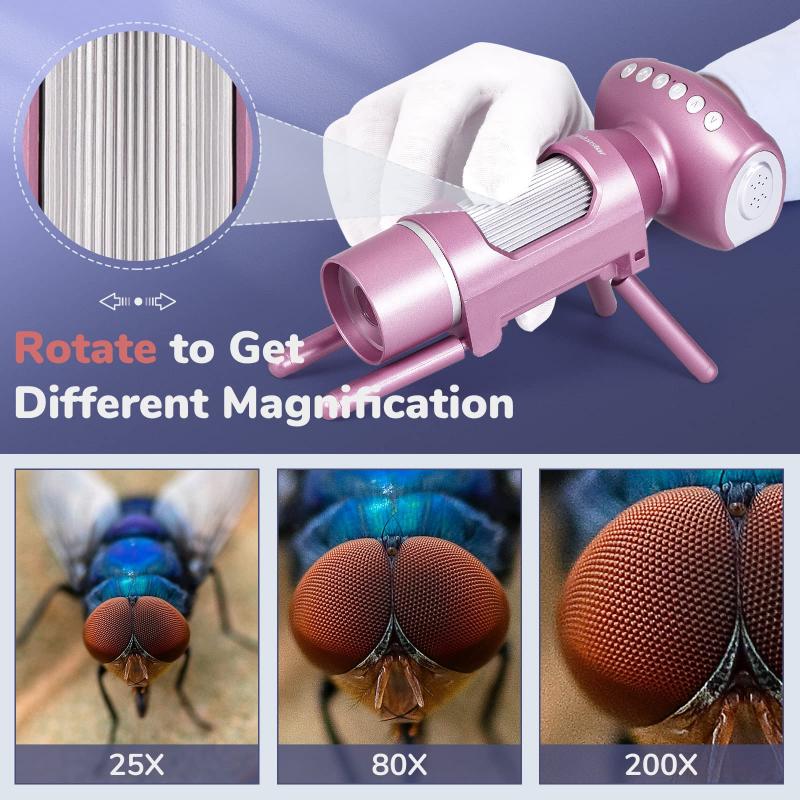
3、 Fibrocartilage: Dense collagen fibers arranged in parallel bundles.
Cartilage is a specialized connective tissue that provides support, flexibility, and cushioning to various parts of the body. When observed under a microscope, the appearance of cartilage can vary depending on its type. One type of cartilage, known as fibrocartilage, exhibits distinct characteristics.
Fibrocartilage is composed of dense collagen fibers that are arranged in parallel bundles. These collagen fibers give fibrocartilage its strength and resilience. Under a microscope, fibrocartilage appears as a dense network of collagen fibers interspersed with chondrocytes, the cells responsible for maintaining the cartilage matrix.
The collagen fibers in fibrocartilage are thicker and more densely packed compared to other types of cartilage, such as hyaline cartilage. This arrangement provides fibrocartilage with its unique properties, making it ideal for areas that require both strength and flexibility. Fibrocartilage is commonly found in structures such as intervertebral discs, the pubic symphysis, and certain tendons.
It is important to note that scientific understanding of cartilage structure and function is continually evolving. Recent research has shed light on the complex organization of collagen fibers within fibrocartilage. Advanced imaging techniques, such as electron microscopy and confocal microscopy, have allowed researchers to visualize the intricate arrangement of collagen fibers at a microscopic level. These studies have revealed that collagen fibers in fibrocartilage can exhibit different orientations and alignments, contributing to its mechanical properties.
In conclusion, under a microscope, fibrocartilage appears as dense collagen fibers arranged in parallel bundles. This unique structure provides fibrocartilage with its strength and flexibility, making it well-suited for its various functions in the body. Ongoing research continues to deepen our understanding of the microscopic organization of fibrocartilage and its role in maintaining tissue integrity and function.

4、 Articular cartilage: Smooth surface with chondrocytes embedded in extracellular matrix.
Under a microscope, cartilage appears as a smooth surface with chondrocytes embedded in an extracellular matrix. Cartilage is a connective tissue that provides structural support and flexibility to various parts of the body, such as the joints, nose, and ears. It is composed of specialized cells called chondrocytes, which are surrounded by a dense network of collagen and elastic fibers.
When observed under a microscope, articular cartilage, which covers the ends of bones in joints, exhibits distinct characteristics. The surface of articular cartilage appears smooth and glossy, allowing for frictionless movement between bones. This smoothness is crucial for joint function, as it reduces friction and prevents damage during movement.
The chondrocytes within articular cartilage are arranged in small groups or clusters called lacunae. These lacunae are scattered throughout the extracellular matrix, which is composed of collagen fibers, proteoglycans, and water. The collagen fibers provide tensile strength to the cartilage, while the proteoglycans help retain water, maintaining the tissue's resilience and shock-absorbing properties.
Recent advancements in microscopy techniques have allowed for a more detailed understanding of cartilage structure. For instance, advanced imaging techniques such as confocal microscopy and electron microscopy have revealed the intricate three-dimensional organization of collagen fibers within the extracellular matrix. These studies have shown that collagen fibers are arranged in a highly organized manner, forming a network that provides mechanical stability to the cartilage.
Furthermore, research has highlighted the importance of the extracellular matrix in cartilage function. It has been found that changes in the composition and organization of the extracellular matrix can lead to cartilage degeneration and the development of conditions such as osteoarthritis. Understanding the microstructural changes in cartilage under pathological conditions is crucial for developing effective treatments and interventions.
In conclusion, cartilage under a microscope appears as a smooth surface with chondrocytes embedded in an extracellular matrix. Ongoing research continues to shed light on the intricate structure and function of cartilage, providing valuable insights into its role in joint health and disease.





















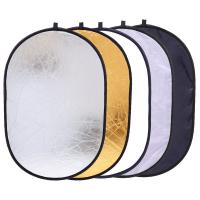
![4K digital camera for photography and video [autofocus and stabilisation] 48 MP video blog camera with SD card, 3 4K digital camera for photography and video [autofocus and stabilisation] 48 MP video blog camera with SD card, 3](https://img.kentfaith.de/cache/catalog/products/de/GW41.0065/GW41.0065-1-200x200.jpg)



